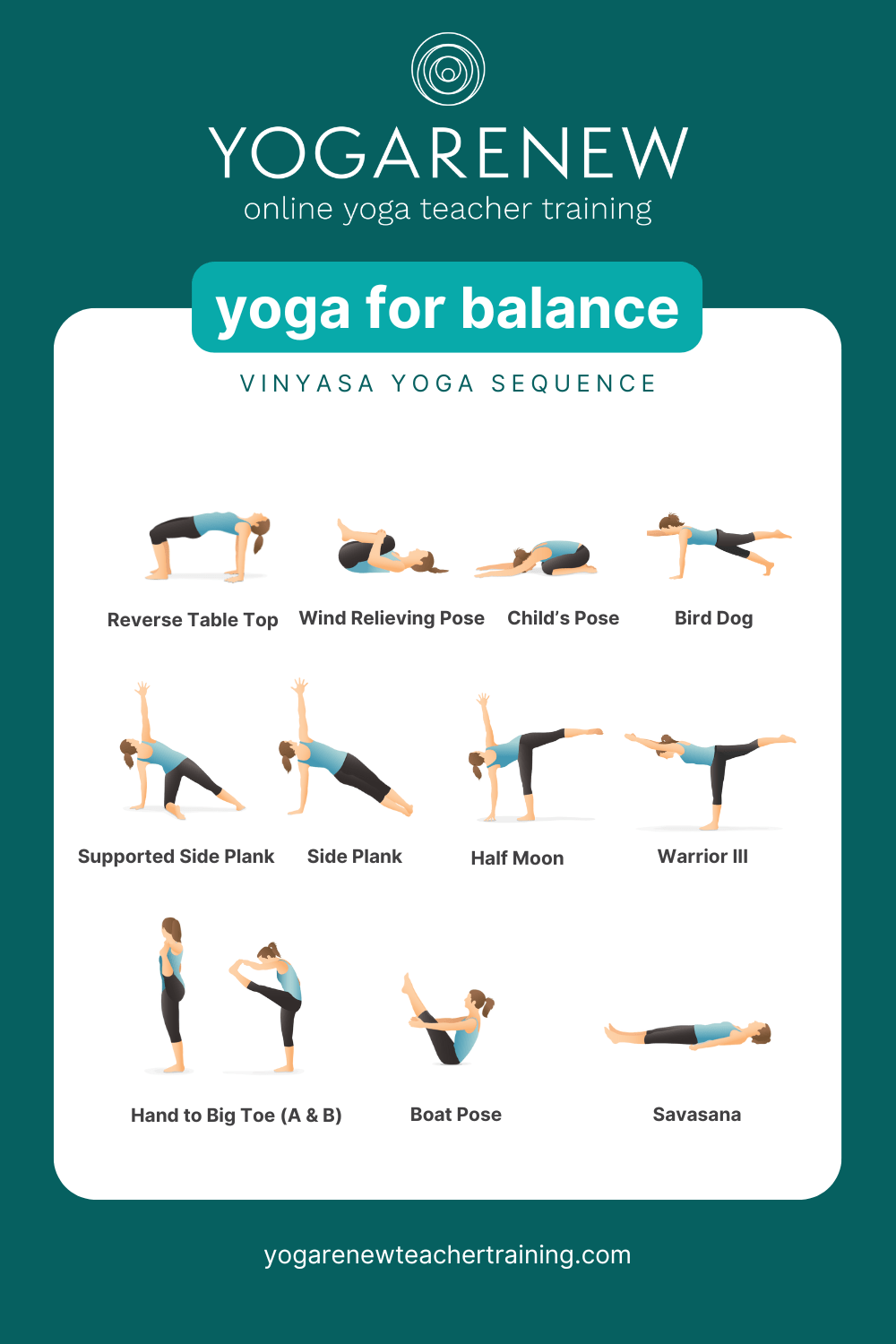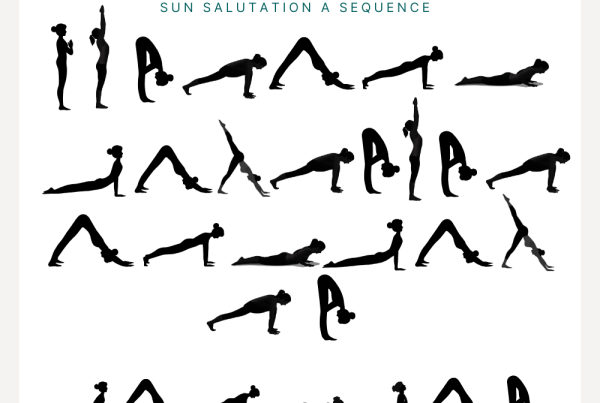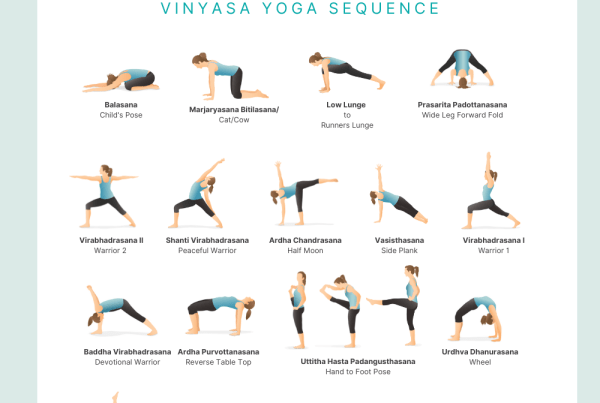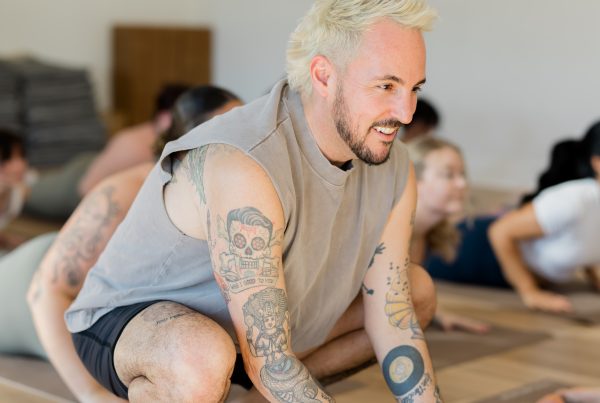
Maintaining balance isn’t just about staying upright—it’s about cultivating a deep sense of inner stillness, physical strength, and mental focus. Whether you’re navigating a hectic day or challenging transitions on the mat, yoga for balance can help you feel more stable, centered, and in control. In this post, we’ll explore 12 powerful yoga poses that promote balance in the body and mind, with tips for integrating them into your practice.
Why Practice Yoga for Balance?
Balance in yoga isn’t only about standing on one leg. It also involves core engagement, joint stability, and mental clarity. Regular practice of yoga for balance improves posture, builds strength in often-overlooked muscles, and enhances proprioception (your body’s sense of its position in space). The following poses are excellent for anyone looking to enhance stability—whether you’re new to yoga or deepening your practice.
1. Reverse Table Top (Ardha Purvottanasana)
A great way to activate your glutes, core, and shoulders, Reverse Table Top helps build foundational strength. Start seated with your hands behind you and feet hip-width apart. Press into your palms and feet to lift your hips, creating a straight line from shoulders to knees. Hold for 5 breaths to engage stabilizing muscles.
Balance benefit: Strengthens the posterior chain and opens the front body, countering common postural imbalances.
2. Wind-Relieving Pose (Pawanmuktasana)
While often seen as a gentle stretch, Wind-Relieving Pose also teaches core control and breath-body coordination. Lying on your back, hug one knee—or both—into your chest, gently pressing the thigh toward your belly.
Balance benefit: Encourages awareness of core engagement and alignment in the lower spine.
3. Child’s Pose (Balasana)
This grounding posture is a reset for the nervous system. Kneel and fold your torso over your thighs, resting your forehead on the mat. Focus on deep, steady breathing.
Balance benefit: Promotes mindfulness and body awareness, foundational elements for physical balance.
4. Bird Dog (Dandayamana Bharmanasana)
From tabletop position, extend your right arm forward and left leg back. Engage your core to prevent wobbling. Hold for 3–5 breaths and switch sides.
Balance benefit: Strengthens cross-body coordination and improves spinal stability.
5. Supported Side Plank (Vasisthasana with Knee Down)
This beginner-friendly variation of Side Plank uses the bottom knee for support. Stack the shoulder over the wrist and lift your top arm. Keep the hips lifted and engage your core.
Balance benefit: Builds lateral stability and confidence before advancing to full Side Plank.
6. Side Plank (Vasisthasana)
A classic pose for core and balance training. Stack your feet and hips as you lift into a strong line. Reach the top arm toward the ceiling and gaze upward or forward for stability.
Balance benefit: Challenges core engagement and strengthens the wrists, shoulders, and obliques.
7. Half Moon (Ardha Chandrasana)
This standing balance pose combines leg strength with full-body awareness. From Warrior 2, shift your weight onto the front leg, lift the back leg, and reach the top arm up while gazing forward or up.
Balance benefit: Improves coordination and builds ankle, leg, and core strength.
8. Warrior III (Virabhadrasana III)
From a standing position or a high lunge, shift forward and lift the back leg while keeping your torso parallel to the ground. Stretch your arms forward or alongside your body.
Balance benefit: Strengthens the hamstrings, glutes, and back muscles while demanding laser focus.
9. Hand to Big Toe Pose A & B (Utthita Hasta Padangusthasana)
In A, extend one leg straight forward while standing on the other, holding the big toe. In B, open the lifted leg to the side.
Balance benefit: Enhances flexibility and strengthens stabilizing muscles of the legs and hips.
10. Boat Pose (Navasana)
Sit with knees bent and feet on the floor. Lean back slightly and lift your legs, balancing on your sit bones. Extend your arms forward or up.
Balance benefit: Activates the deep core muscles essential for posture and control in other balancing poses.
11. Savasana (Corpse Pose)
While not a physical balancing pose, Savasana is key to integrating your practice. Lie flat on your back, arms relaxed by your sides, and allow your body to fully rest.
Balance benefit: Encourages mental stillness and nervous system regulation—crucial for balanced living.
Tips for Improving Your Balance in Yoga
- Engage your core: Most balance challenges come down to weak or inactive core muscles.
- Focus your gaze (drishti): A steady visual point helps ground the mind and body.
- Practice barefoot: Feeling the floor under your feet improves proprioception.
- Slow down: Mindful movement builds deeper awareness and control.
- Breathe deeply: Holding your breath creates tension. Full, steady breaths stabilize the nervous system.







